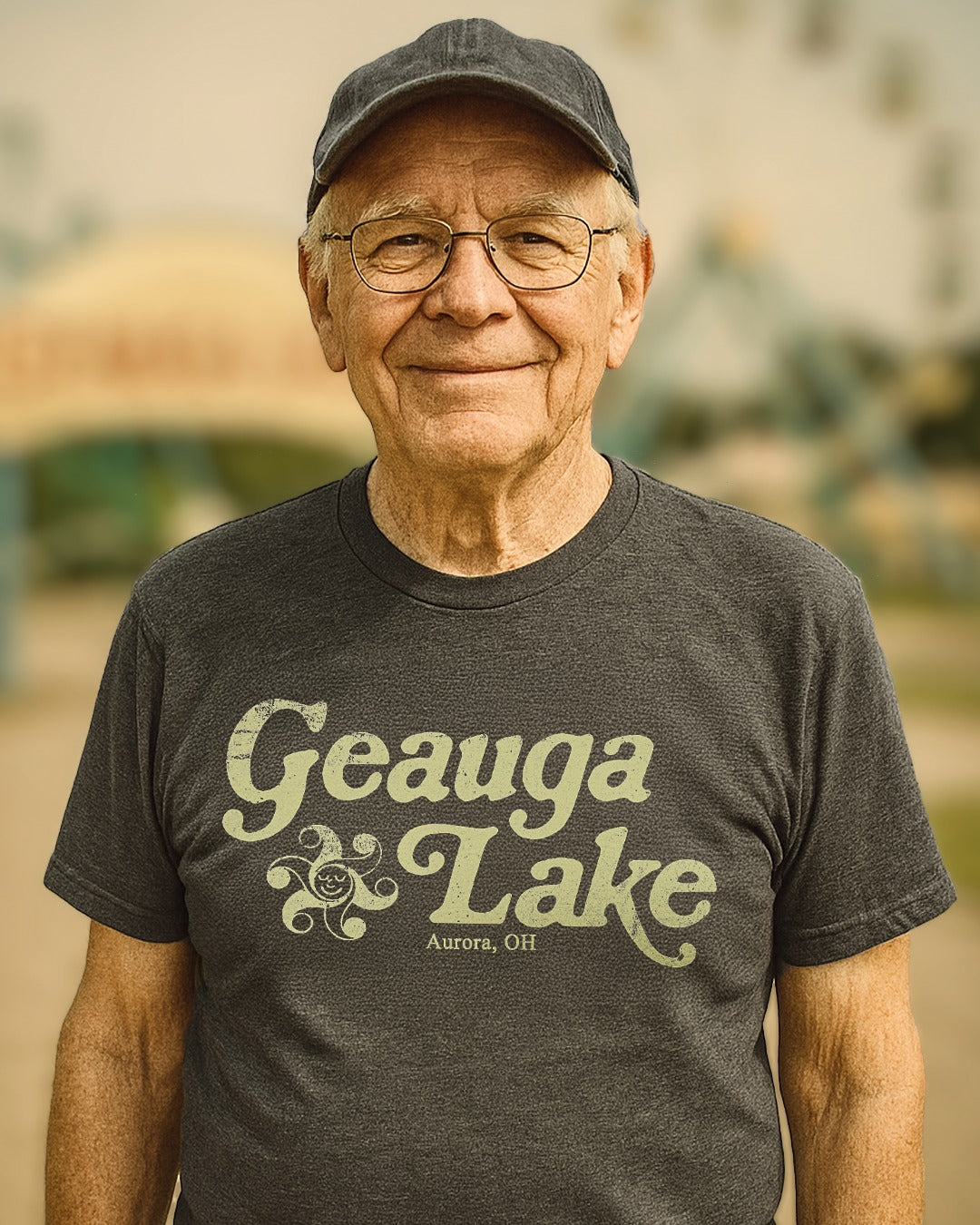A total of 12 franchises played in the original American Basketball Association (ABA), playing in over 30 different cities from the league’s inception in 1967 until four of its remaining six teams joined the National Basketball Association (NBA) in 1976. Of the 12 franchises, no team epitomized that rebel basketball league quite like the Virginia Squires.
While not as stable as the Indiana Pacers or Kentucky Colonels, they weren’t as bad off as snakebitten teams like the Pittsburgh Pipers/Condors/Minnesota Pipers or the New Orleans /Louisiana Buccaneers-Memphis Pros.
Tams/Sounds-Baltimore Hustlers /Claws, the Squires certainly had their ups and downs, as it were. Indeed, the peaks were towering and the valleys were near rock-bottom.
The team started as the Oakland Oaks and was co-owned by entertainer and rabid basketball fan Pat Boone. Before their inaugural season, they signed superstar Rick Barry who had been playing across the bay for the then San Francisco, now Golden State, Warriors of the established National Basketball Association (NBA). A judge, however, blocked Barry from playing in the new league, so the star sat out the 1967/68 season, joining the Oaks the following year.
That first season the Oaks finished a league-worst 22 and 56 and drew miserably. With Barry on the team the following year, they wound up with the league’s best record at 60 and 18. The next best record belonged to the New Orleans Buccaneers at 46 and 32. The Oaks won the championship but still couldn’t draw more than 1,500 fans a game. Boone managed to only attend 10 games that season due to television and touring commitments. He later joked that the championship ring he received as part owner had cost him $2.5 million.
Seeking to cut his losses, Boone sold the team to Washington, D.C.-area attorney Earl Foreman, who would later go on to form the Major Indoor Soccer League. In the fall of 1969, Foreman moved the Oaks east and renamed them the Washington Caps. By this time, merger talks with the NBA were already underway, and the league’s newest owner was proving to be the biggest obstacle to bringing the two sides together.
Baltimore Bullets’ owner Abe Pollin wanted to move his team to Washington. Foreman wanted to leave D.C. because the arena in which the Caps were playing, the Washington Coliseum, wasn’t the greatest, it was in a terrible neighborhood, and the fans were not coming out. However, with the prospect of a merger, he pretended he didn't want to relocate his team and feigned stubbornness in order to get a better deal in the potentially combined league.
Foreman did get a great deal, including the promise of an NBA expansion franchise, but the merger fell through. Looking for a place to move, he decided to stay close to home and base his team in Virginia using newly-built arenas in Norfolk, Hampton Roads, and Richmond and operating it as regional franchise. The Bullets, incidentally, wouldn’t move for another two years after the Capital Centre in Landover, MD was completed.
The initial move from California created another problem: star player Rick Barry didn’t want to leave California. He played in Washington that season but then asked to buy out his contract so he could return to the Warriors. Short on cash, Foreman opted for a deal that would send Barry to the ABA’s New York Knicks for $25,000, though it was reported as $200,000 at the time. Barry agreed and the Caps changed their namd and moved on without him.
The newly christened Squires arrived across the Potomac without their best player. However, led by Charlie Scott and George Carter, the team captured first place in the ABA Eastern Conference the following season. They lost in the conference finals to Kentucky, but the franchise seemed to be moving in the right direction. Fans started showing up too, and while most crowds were in the 3,000-4,000 range, it was a vast improvement over Oakland and Washington. And things were about to get even better
The NBA had a rule prohibiting teams from drafting players who were less than four years out of high school. The ABA had no such rule and among the college underclassmen they signed was a the very talented Julius “Dr. J.” Erving who inked a deal with the Virginia Squires.
The league already had a wide-open style which included a 3-point shot. Erving would excel closer and offer a new facet to the ABA’s style of play with his trademark slam dunks.
“Once I got Virginia it was almost like having the chains taken off,” Erving told the HBO documentary Long Shots: The Life & Times of the American Basketball Association, “no zones; you could dunk the ball. I was a young free spirit at that time. I could run all day and jump with the best of them... I can handle this.”
Erving was an immediate sensation and the addition of George Gervin the following season, made the Squires one the league’s top teams, on the floor and at the gate, drawing around 5,000 fans a game, respectable by ABA standards. However, the team, like many in the league, continued to struggle financially. Erving was traded to the New York Nets in 1973 for George Carter and cash. Gerving was shipped to San Antonio halfway through the following season for $225,000.
While the infusion of cash helped keep the team afloat in the short run, their record suffered and fans stayed away in droves. By the end of the 1973/74 season, crowds of 5,000 had been reduced to 1,500. As merger talks stopped and started, the Squires were just hoping to hang on long enough to join the NBA. They wouldn’t make it.
As the 1975/76 season began, merger talks again heated up, and though they had the league’s worst record, the Squires drew over 10,000 for a December 15th contest against the Denver Nuggets. A full-page newspaper ad urging the team's supporters to “save the Squires,” helped. Fans realized their support was needed with the ABA’s seven remaining teams hoped they would all be able to join the older league. As the season drew to a close, though, the NBA made it clear that only four teams would be taken. In May, just a month before the final agreement was signed, the Squires folded after being unable to satisfy a financial assessment required for it to stay in the league.
The Denver Nuggets, New York Nets, San Antonio Spurs, and Indiana Pacers joined the NBA for the 1976/77 season. The Kentucky Colonels and Spirits of St. Louis did not make the cut and disbanded.



